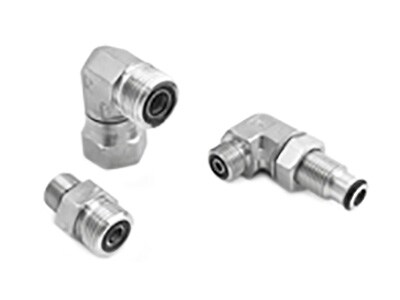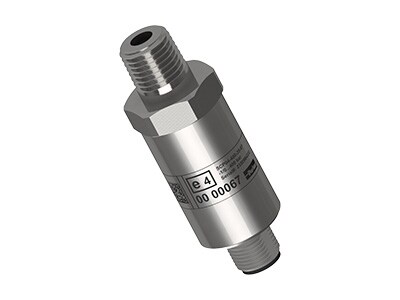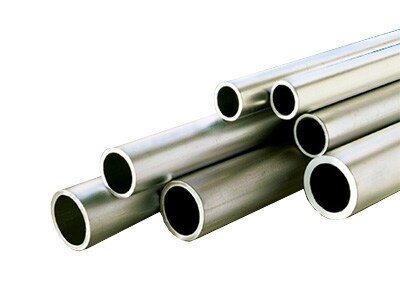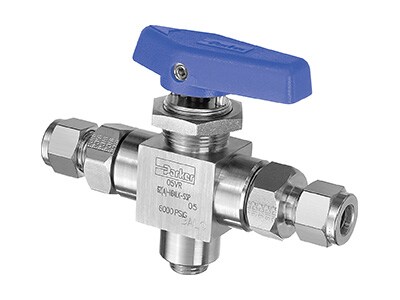INTRODUCTION

After hydrogen is produced by the electrolyzer, it is typically at low pressure and occupies a large volume. The compression process increases the pressure of the hydrogen gas, significantly reducing its volume, which makes storage and transportation much more efficient. Compressed hydrogen can be stored in high-pressure tanks or transported through pipelines with less space and lower costs, facilitating its use in various applications.
Furthermore, many hydrogen-powered systems, such as fuel cells in vehicles or industrial equipment, require hydrogen at high pressures to function optimally. Compression ensures that the hydrogen meets these pressure requirements, enabling consistent and reliable performance. Overall, compression is a critical step that bridges hydrogen production with its practical use, supporting the development of a robust and efficient hydrogen energy infrastructure.
FUEL CONVEYANCE FOR HYDROGEN FUEL TANK SYSTEMS
The use of fuel conveyance technology in hydrogen tank systems
Fuel conveyance products on hydrogen fuel tanks for trucks refer to the components that are used to store and transport Hydrogen fuel from the tank to the engine. Parker technology is used to connect, control the flow and to transfer hydrogen between different parts of the hydrogen fuel system, and are manufactured to meet the high pressure and extreme temperature requirements associated with hydrogen tank systems.
Featured fittings, connectors, regulators, valves, sensors and hose products
Parker can supply EC-79 fittings, valves, regulators, piping, pressure relief valves and sensors in a range of sizes, pressures, and temperatures. are critical, especially in demanding, corrosive, pressured and heat-intensive environments. All of these play a crucial role in ensuring the safe and efficient operation of hydrogen fuel cell vehicles. They are designed to be durable, reliable, and efficient, allowing hydrogen fuel cell trucks to operate with minimal downtime and maintenance.




Related products:
- Seal-Lok™ Xtreme Tube Fittings
- O-Lok® / Seal-Lok™ H22/H2P Tube Fittings
- Two Ferrule Tube Fittings A-LOK®
- Single Ferrule Tube Fittings CPI™
- Pressure Sensor SCP04
- Parker Grade Tube for A-LOK®, CPI™, MPI™, Autoclave, O-Lok® and Seal-Lok™ Tube Fittings
- Ball Valves, Trunnion Style, HB Series
- Ball Valves B Series
- Medium Pressure Fittings Parker Autoclave
FLEXISEAL® PISTON SEAL

The Parker FlexiSeal piston seal is a critical component in the hydrogen compression phase, ensuring reliable sealing under high-pressure conditions. Designed with advanced materials and engineering, the FlexiSeal provides excellent wear resistance and low friction, which helps maintain the integrity of the compression system by preventing hydrogen leaks.
Its robust sealing capability is essential for sustaining the high pressures required during compression, thereby protecting both the equipment and the purity of the hydrogen gas. By minimizing leakage and reducing maintenance needs, the FlexiSeal enhances operational efficiency and safety in hydrogen production processes.
- Flange seal
- Internal pressure
- Static and intermittently dynamic
- Spring-energized PTFE seal
- Low assembly force
C-RING METAL SEAL

Metal C-Rings are flange seals for applications involving extreme temperatures, pressures or media. C-Seals are also suitable for use with uneven flanges.